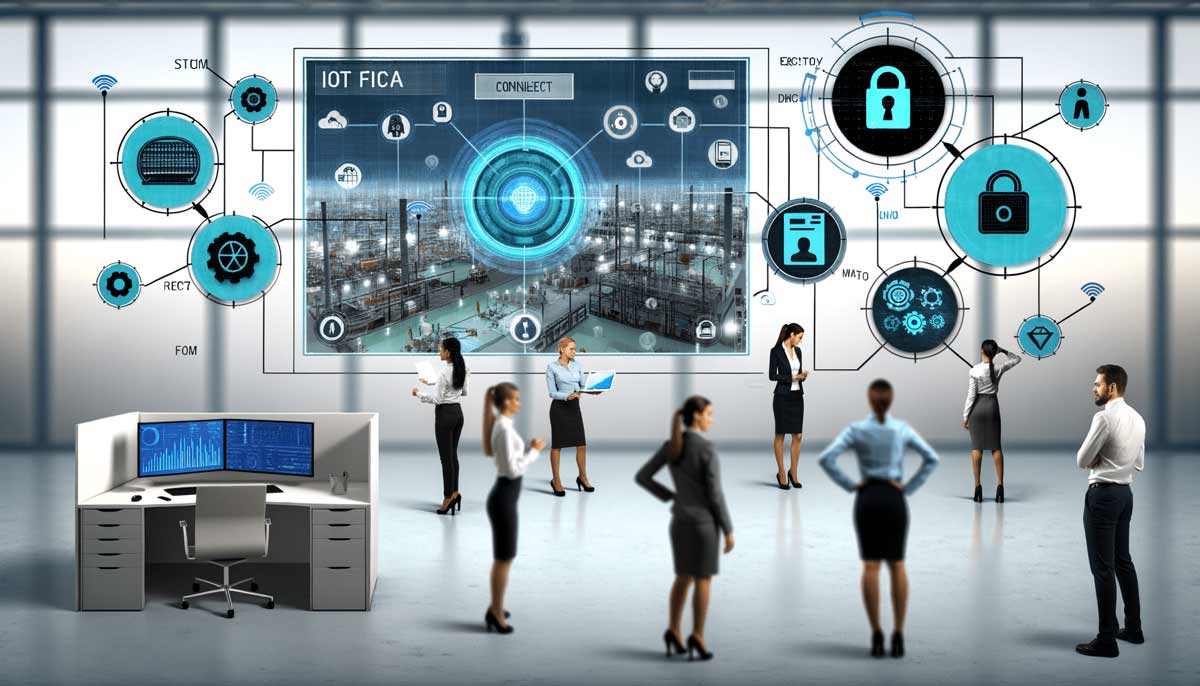The Foundations of Connected Homes and IoT Revolution
Introduction: The Dawn of a New Era in Home Living
Imagine walking into your home after a long day, and the lights automatically turn on to your favorite brightness, the thermostat adjusts to the perfect temperature, your smart speaker plays your preferred playlist, and your security system silently monitors the perimeter — all without you lifting a finger. Welcome to the era of connected homes, powered by the Internet of Things (IoT), where ordinary living spaces are evolving into intelligent ecosystems that anticipate your needs and enhance your lifestyle.
In 2025, the global smart home market is booming, projected to surpass $150 billion as millions adopt connected devices designed to simplify, secure, and energize homes. This IoT revolution is not just about convenience; it represents a seismic shift in how technology integrates into daily life, transforming “dumb” devices into “brilliant” helpers that communicate seamlessly.
This first part of our deep dive will explore the fundamental concepts of connected homes and the IoT revolution — demystifying the technology, highlighting its key benefits, and examining the components that make this transformation possible.
Understanding the Internet of Things (IoT)
What Is IoT?
The Internet of Things refers to the network of physical objects — “things” — embedded with sensors, software, and other technologies that connect and exchange data with other devices and systems over the internet. In simpler terms, IoT enables devices to talk to each other and to users, creating an interconnected environment.
From smart refrigerators that alert you when groceries run low to thermostats that learn your schedule and adjust temperatures automatically, IoT is revolutionizing our interaction with everyday objects.
What Defines a Connected Home?
A connected home, often called a smart home, leverages IoT-enabled devices to automate and control household functions such as lighting, climate, entertainment, and security. These devices communicate through wireless protocols and cloud platforms, enabling remote control, real-time monitoring, and customized automation.
A typical connected home ecosystem consists of:
-
Smart Sensors: Detect movement, temperature, humidity, and other environmental factors.
-
Smart Appliances: Refrigerators, washing machines, ovens with connectivity and remote control features.
-
Home Automation Hubs: Central units that manage and coordinate connected devices.
-
Voice Assistants: Amazon Alexa, Google Assistant, Apple Siri, which serve as the user interface for commands and queries.
Evolution of Smart Homes: From Dumb to Brilliant
The concept of smart homes is not entirely new. Early home automation efforts date back to the 1960s, with systems designed to control lighting and HVAC remotely. However, these systems were expensive, proprietary, and limited in scope.
The real breakthrough came with advances in wireless networking, miniaturized sensors, and cloud computing in the 2000s, enabling widespread adoption. Today, affordable smart devices and universal standards allow seamless interoperability and mass consumer adoption.
Key Technologies Driving the IoT Revolution in Homes
The IoT revolution hinges on a handful of powerful technologies that enable connected homes to function efficiently:
| Technology | Description | Impact on Connected Homes |
|---|---|---|
| Wi-Fi & 5G | Wireless networks providing high-speed internet access. | Enable seamless communication among devices and cloud. |
| Zigbee & Z-Wave | Low-power wireless mesh protocols designed for IoT. | Support reliable, low-energy device interconnection. |
| Artificial Intelligence (AI) | Machine learning algorithms for predictive automation. | Learn user habits to personalize smart home experiences. |
| Cloud Computing | Remote servers providing storage and processing power. | Allow real-time updates and remote access from anywhere. |
| Edge Computing | Local data processing on devices or nearby gateways. | Reduces latency and increases privacy by minimizing data sent to the cloud. |
Benefits of Connected Homes: Why the IoT Revolution Matters
1. Enhanced Convenience and Comfort
Smart homes automate routine tasks such as adjusting lighting or controlling temperature, freeing homeowners from manual intervention. Voice assistants and apps provide hands-free control that enhances everyday living.
2. Energy Efficiency and Cost Savings
Smart thermostats and lighting systems optimize energy use by adapting to occupancy and preferences. This not only reduces utility bills but also lessens environmental impact.
3. Improved Security and Safety
Connected cameras, smart locks, and motion detectors provide real-time monitoring and alerts, ensuring homes remain safe. Some systems even integrate smoke and carbon monoxide detectors with emergency services.
4. Personalized Living Experiences
AI-powered devices learn from user behavior to deliver customized settings, from preferred room temperatures to tailored music playlists and lighting moods.
5. Remote Accessibility
Control and monitor your home from anywhere via mobile apps, adding peace of mind and convenience.
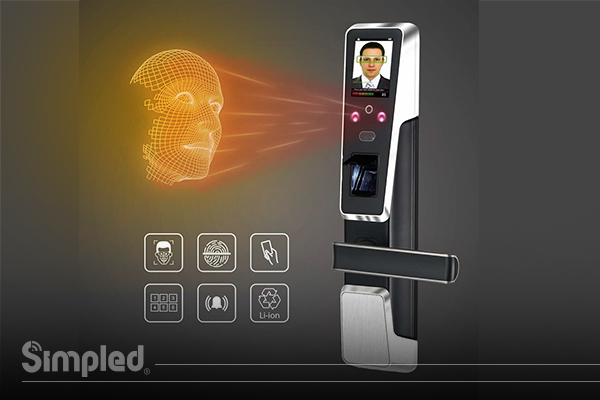
Smart Home Automation Explained
The rapid growth of the connected home market is supported by key players developing innovative devices:
-
Amazon Alexa & Echo Devices: Voice-controlled assistants that act as hubs for smart home control.
-
Google Nest: Smart thermostats, cameras, and speakers with Google Assistant integration.
-
Apple HomeKit: An ecosystem for managing compatible smart home devices through iOS.
-
Philips Hue: Advanced smart lighting systems with customizable colors and schedules.
-
Ring & Arlo: Leading providers of video doorbells and security cameras.
Table: Comparing Popular IoT Communication Protocols
| Protocol | Range | Power Consumption | Network Type | Interoperability | Typical Use Cases |
|---|---|---|---|---|---|
| Wi-Fi | ~50-100 meters | High | Infrastructure | High | Streaming devices, cameras |
| Zigbee | ~10-100 meters | Low | Mesh | Moderate | Lighting, sensors |
| Z-Wave | ~30-100 meters | Very Low | Mesh | Moderate | Security, locks |
| Bluetooth | ~10-30 meters | Low | Point-to-point | Moderate | Wearables, short-range devices |
| Thread | ~30-100 meters | Low | Mesh | High | New standard, lighting, sensors |
Final Thoughts: The Beginning of Smarter Living
Connected homes powered by IoT technology are no longer a futuristic dream — they’re here, reshaping how we interact with our living spaces. This revolution promises not just convenience, but profound impacts on energy use, security, and personalization.
In the next part, we’ll explore how to build and optimize your own connected home, diving into setup strategies, security best practices, and practical automation ideas that you can implement today.
Building and Optimizing Your Connected Home
Introduction: Transforming Your Space Into a Connected Haven
Now that we understand what connected homes are and the technology behind the IoT revolution, it’s time to get practical. Building a smart home that fits your lifestyle can seem overwhelming with countless devices and platforms available. However, with the right approach, you can design a seamless, secure, and highly efficient connected home ecosystem.
This section will guide you through the essentials of setting up your smart home — from choosing the best devices and ecosystems to optimizing performance and securing your network. We’ll also explore common challenges and share real-world automation ideas that turn your house into a responsive, intelligent environment.
Step 1: Define Your Smart Home Goals
Before purchasing devices, consider what you want to achieve:
-
Convenience: Voice commands, automation routines, remote control?
-
Security: Cameras, smart locks, alarms?
-
Energy Efficiency: Smart thermostats, lighting, appliances?
-
Entertainment: Smart speakers, connected TVs, multi-room audio?
Make a list prioritized by daily needs and budget.
Step 2: Choose Your Smart Home Ecosystem and Hub
The ecosystem defines how devices communicate and how you control them. Popular ecosystems include:
| Ecosystem | Hub Device(s) | Key Features | Compatibility |
|---|---|---|---|
| Amazon Alexa | Echo, Echo Show | Voice control, routines, wide device support | Thousands of devices, Zigbee support |
| Google Home | Nest Hub, Nest Audio | Google Assistant, smart displays, routines | Wide device compatibility |
| Apple HomeKit | HomePod, Apple TV | Tight iOS/macOS integration, privacy focus | Limited to HomeKit-certified devices |
| Samsung SmartThings | SmartThings Hub | Broad device support, automation flexibility | Supports Zigbee, Z-Wave, Wi-Fi devices |
Choosing one ecosystem streamlines device management and enhances integration.
Step 3: Set Up Your Network for IoT Devices
A stable, secure home network is critical:
-
Upgrade to a dual-band or tri-band router to reduce congestion.
-
Create a separate guest or IoT network to isolate smart devices from personal computers and phones, enhancing security.
-
Enable WPA3 encryption for maximum wireless security.
-
Regularly update your router firmware to patch vulnerabilities.
Step 4: Installing and Configuring Key Devices
Smart Lighting
-
Start with smart bulbs or switches from trusted brands like Philips Hue or LIFX.
-
Connect bulbs to your chosen hub or app.
-
Create lighting schedules or trigger scenes based on presence or time of day.
Smart Thermostats
-
Devices like Nest or Ecobee learn your schedule and adjust heating/cooling automatically.
-
Follow manufacturer instructions for installation, which may require some HVAC knowledge.
-
Use the companion app to set temperature preferences and energy-saving modes.
Security Devices
-
Install smart cameras and doorbells at entry points.
-
Set up motion detection zones and alerts.
-
Integrate smart locks with voice assistants for remote locking/unlocking.
Voice Assistants
-
Place smart speakers or displays in central areas.
-
Link to your smart home hub and services for centralized control.
Step 5: Create Automation Routines
Automation routines are the core of smart home convenience. Examples include:
-
“Good Morning” Routine: Lights brighten gradually, coffee maker starts, weather update announced.
-
Away Mode: All lights off, thermostat adjusts, security cameras activate when no one is home.
-
Welcome Home: Porch lights on, thermostat set to comfortable temperature, favorite music plays.
Most ecosystems provide intuitive apps to create these triggers based on time, device status, or voice commands.
Step 6: Prioritize Security and Privacy
Smart homes can be vulnerable if security is neglected:
-
Use strong, unique passwords for all devices and accounts.
-
Enable two-factor authentication (2FA) where available.
-
Regularly update firmware on devices.
-
Monitor network activity for unusual behavior using router logs or dedicated apps.
-
Disable unused features or remote access if not needed.
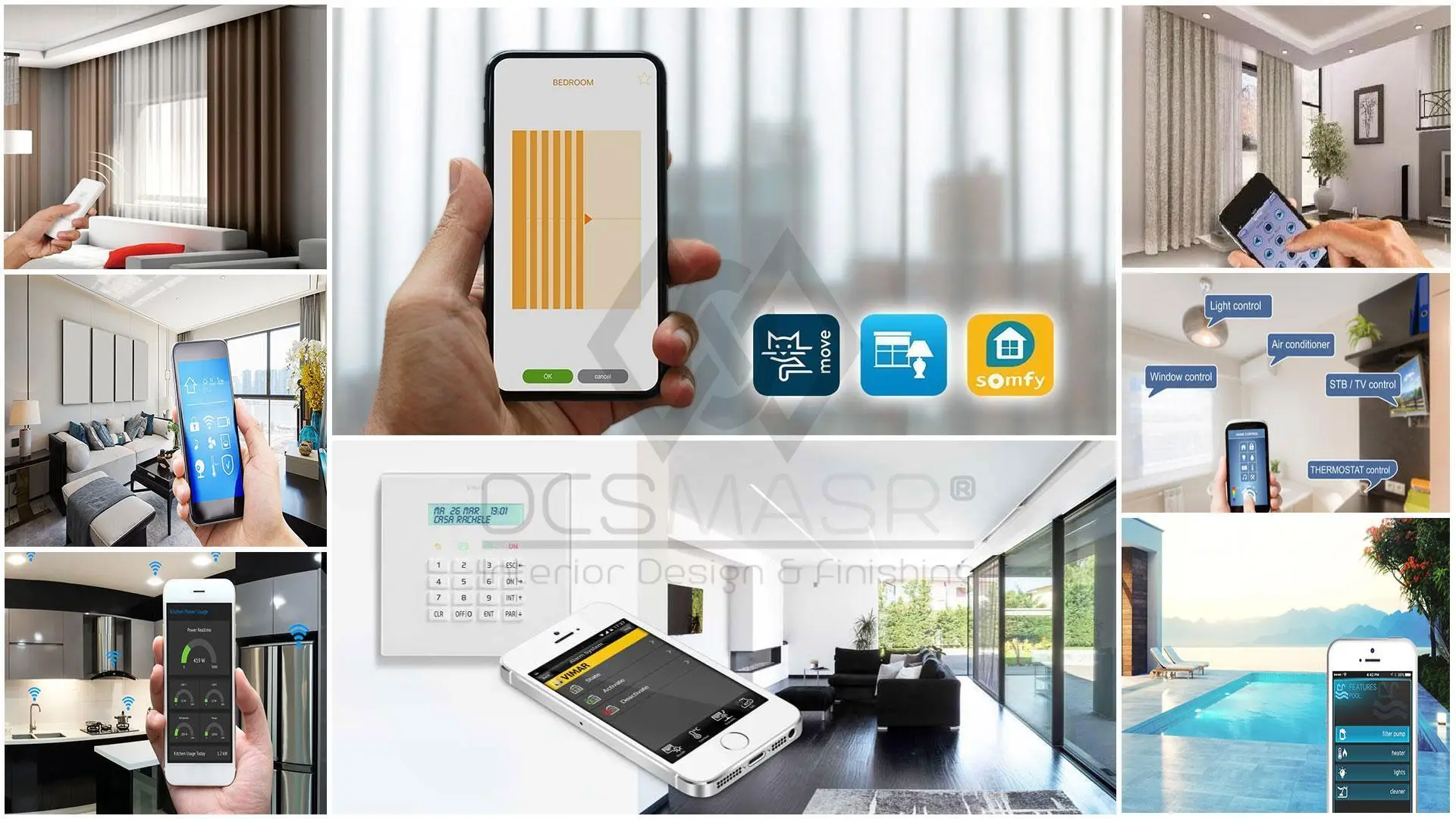
what-is-the-internet-of-things-iot
Overcoming Common Challenges
-
Device Compatibility: Stick to devices certified for your ecosystem or supporting universal standards like Matter.
-
Connectivity Issues: Use Wi-Fi extenders or mesh networks to cover dead zones.
-
Complexity: Start small and expand gradually to avoid overwhelming setup.
Practical Automation Use Cases
| Use Case | Devices Involved | Benefits |
|---|---|---|
| Energy Saving | Smart thermostat, smart plugs | Reduces bills by automating off cycles |
| Enhanced Security | Cameras, smart locks, sensors | Real-time alerts and remote control |
| Comfort & Convenience | Voice assistants, lighting, HVAC | Hands-free control and personalization |
| Elderly Care | Motion sensors, emergency buttons | Increased safety and monitoring |
| Pet Care | Automated feeders, cameras | Convenience and peace of mind |
Table: Comparison of Popular Smart Home Hubs
| Hub Device | Ecosystem | Protocol Support | Voice Assistant Integration | Price Range | Pros | Cons |
|---|---|---|---|---|---|---|
| Amazon Echo Plus | Alexa | Wi-Fi, Zigbee | Alexa | $130-$150 | Built-in hub, wide device support | Alexa-only ecosystem |
| Google Nest Hub | Google Home | Wi-Fi | Google Assistant | $90-$130 | Excellent AI, great display | Limited Zigbee/Z-Wave support |
| Apple HomePod Mini | Apple HomeKit | Wi-Fi, Thread | Siri | $90-$100 | Privacy-focused, smooth iOS integration | Limited device support |
| Samsung SmartThings Hub | SmartThings | Zigbee, Z-Wave, Wi-Fi | Alexa, Google Assistant | $70-$100 | Supports multiple protocols | Setup can be complex |
Conclusion: Optimizing Your Connected Home for Today and Tomorrow
Building your connected home is an exciting journey that blends technology with everyday living. By clearly defining goals, choosing the right ecosystem, securing your network, and automating intelligently, you create a home that responds intuitively to your needs.
In the final part, we’ll explore the future of connected homes — the innovations on the horizon and how evolving IoT trends will continue to transform our homes and lifestyles.
The Future of Connected Homes & IoT Trends
Introduction: Looking Ahead — What’s Next for Connected Homes?
As IoT technology matures, connected homes will evolve beyond basic automation and remote control. The future promises deeper integration, smarter AI, enhanced security, and sustainable living — all designed to make daily life easier, safer, and more efficient.
This section explores emerging trends, innovative devices, and futuristic concepts shaping the connected homes of tomorrow. We’ll also discuss challenges the industry faces and how new standards like Matter are paving the way for universal compatibility.
Trend 1: Matter Protocol – The Future of Device Compatibility
Interoperability has long been a challenge for smart home devices due to fragmented standards. The Matter protocol, backed by major tech giants like Apple, Google, Amazon, and Samsung, aims to unify IoT communications.
Key Features of Matter:
-
Universal standard: Ensures devices from different brands work seamlessly.
-
Simplified setup: Standardized onboarding process reduces complexity.
-
Enhanced security: Robust encryption and secure device authentication.
-
Broad support: Wi-Fi, Thread, and Ethernet protocols covered.
Why It Matters:
With Matter, consumers will no longer be locked into a single ecosystem, opening the door to broader device choice and simplified smart home experiences.
Trend 2: AI and Machine Learning Integration
Artificial intelligence is becoming the brain behind smart homes. Future connected homes will leverage AI to:
-
Predict user behavior: Adjust lighting, temperature, and entertainment based on habits.
-
Improve security: Advanced facial recognition and anomaly detection.
-
Optimize energy usage: Real-time adjustments based on occupancy and weather forecasts.
-
Voice and gesture control: More natural, intuitive interactions.
Example: AI-powered hubs that learn your daily routines and automatically suggest or execute actions without manual programming.
Trend 3: Edge Computing and Enhanced Privacy
Rather than sending all data to the cloud, edge computing processes information locally on devices. This reduces latency, enhances speed, and crucially, improves privacy by limiting data sent externally.
Smart home devices with edge AI capabilities will become more autonomous and secure, supporting functions like:
-
Local voice recognition without internet connection.
-
Instantaneous security alerts based on local sensor data.
-
Personal data processing on-device, minimizing exposure.
Trend 4: Energy Efficiency and Sustainability
Connected homes will play a central role in promoting green living:
-
Smart grids integration: Homes dynamically interact with energy grids, optimizing consumption and even selling excess energy from solar panels.
-
Eco-friendly devices: Appliances designed for low power consumption and smart scheduling.
-
Water and waste management: Sensors monitor usage and detect leaks to reduce waste.
Table: Projected Energy Savings with IoT in Homes
| IoT Device Type | Average Energy Savings (%) | Key Benefit |
|---|---|---|
| Smart Thermostats | 10-15% | Optimized heating/cooling cycles |
| Smart Lighting | 20-30% | Automatic off/on, daylight adaptation |
| Smart Appliances | 5-10% | Efficient operation schedules |
| Solar Panel Monitoring | 15-25% | Maximized renewable energy use |
Trend 5: Advanced Home Security Systems
Security will become more intelligent and proactive:
-
Multi-factor authentication: Facial recognition combined with biometrics.
-
Behavioral analytics: Systems learn usual patterns and alert on anomalies.
-
Integration with public safety: Direct alerts to emergency responders when needed.
-
Drone surveillance: For large properties, drones will provide aerial monitoring.
Trend 6: Smart Health and Wellness Integration
Connected homes will increasingly support personal health:
-
Air quality sensors: Detect pollutants, allergens, and adjust ventilation accordingly.
-
Sleep monitoring: Smart beds and bedroom environments that optimize rest quality.
-
Fitness integration: Home gyms with IoT-connected equipment and virtual coaching.
-
Medication reminders: Automated dispensers and alerts.
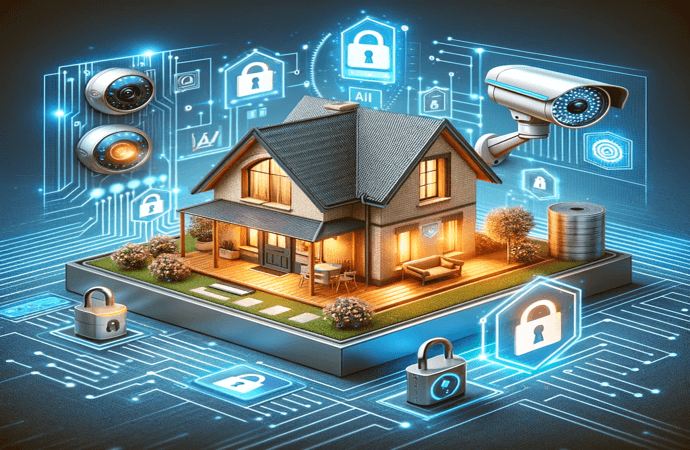
Living Connected: How IoT Is Weaving Itself Into Every Corner of Our Lives
Challenges on the Horizon
-
Data Privacy Concerns: Managing sensitive personal data while maintaining convenience.
-
Device Fragmentation: Although Matter helps, many legacy devices remain incompatible.
-
Security Risks: Increased attack surface as more devices connect online.
-
Cost Barriers: High-end smart home tech may be inaccessible to many consumers.
The Role of 5G and Beyond
The rollout of 5G networks will significantly enhance IoT capabilities:
-
Ultra-low latency supports real-time automation.
-
Greater device density enables complex smart home ecosystems.
-
Enhanced reliability for critical devices like security systems and health monitors.
Table: Emerging IoT Technologies and Their Potential Impact
| Technology | Description | Potential Impact on Connected Homes |
|---|---|---|
| Matter Protocol | Unified communication standard | Seamless interoperability, simplified setup |
| AI & Machine Learning | Automated decision-making and personalization | Smarter, predictive home environments |
| Edge Computing | Localized data processing | Improved privacy and faster response times |
| 5G Connectivity | High-speed, low-latency wireless networks | Enhanced device performance and reliability |
| Blockchain Security | Decentralized data verification | Improved data integrity and security |
Conclusion: Preparing for a Smarter Tomorrow
The IoT revolution is accelerating toward homes that are not only connected but truly intelligent, adaptive, and secure. As these technologies mature, expect your living space to transform into a personalized sanctuary that anticipates your needs, protects your family, and supports sustainable living.
To stay ahead, homeowners should:
-
Embrace standards like Matter for device compatibility.
-
Prioritize security and privacy in every connected device.
-
Leverage AI to simplify daily routines.
-
Invest in energy-saving IoT technologies.
The rise of connected homes is more than a trend — it’s the future of how we live.
Summary
The future of connected homes is bright and transformative. With protocols like Matter ensuring seamless interoperability, AI enabling personalized automation, and edge computing protecting privacy, IoT devices are becoming smarter and more secure than ever. Energy efficiency and sustainable living are now deeply integrated into smart home design, while next-gen security systems and health-focused technologies enhance safety and wellness. Although challenges like privacy concerns and device fragmentation persist, emerging technologies such as 5G and blockchain are poised to overcome these hurdles. Homeowners who embrace these advancements will enjoy unprecedented comfort, convenience, and peace of mind as the connected home revolution unfolds.
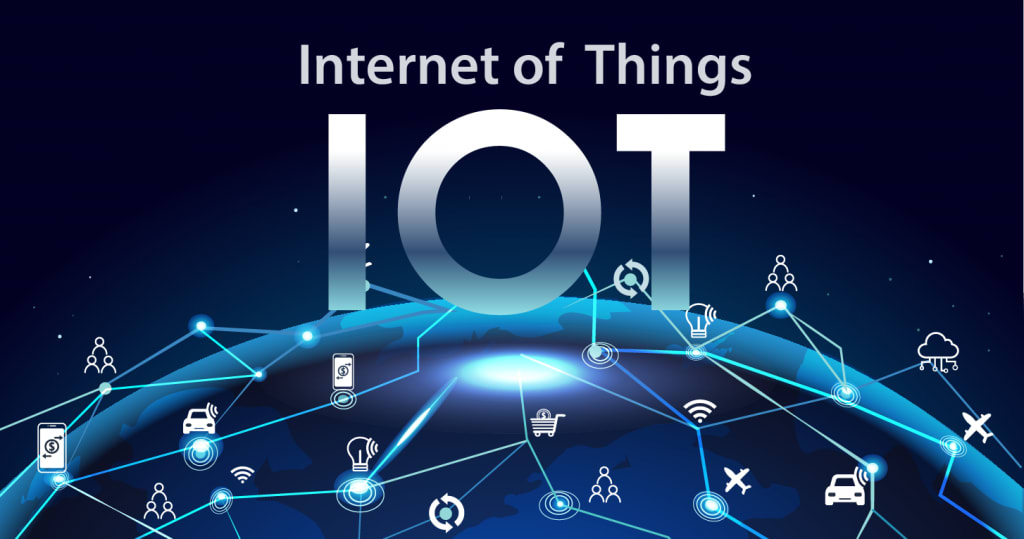
Smart Security Cameras and Video Doorbells: Eyes on Your Home
Frequently Asked Questions (FAQ)
Q1: What is the Matter protocol and why is it important for smart homes?
A1: Matter is a universal IoT standard developed by leading tech companies to enable different smart home devices to work together seamlessly, simplifying setup and improving security.
Q2: How does AI improve the smart home experience?
A2: AI learns your habits and preferences to automate tasks, optimize energy use, enhance security with facial recognition, and allow more natural voice or gesture control.
Q3: What is edge computing and how does it benefit privacy?
A3: Edge computing processes data locally on devices instead of sending it all to the cloud, reducing latency and keeping sensitive information more secure by limiting external exposure.
Q4: Can smart home devices really save energy?
A4: Yes, devices like smart thermostats, lighting, and appliances can significantly reduce energy consumption by optimizing operation based on occupancy, daylight, and usage patterns.
Q5: What are the main security risks of connected homes?
A5: Risks include hacking, data breaches, and unauthorized access. Using secure protocols, strong authentication, and regular updates can mitigate these risks.
Q6: How will 5G improve smart home technology?
A6: 5G provides ultra-fast, low-latency connectivity, supporting more devices simultaneously and enabling real-time, reliable communication for critical home systems.
Resources & Further Reading
-
Connectivity Standards:
Connectivity Standards Alliance – Matter -
AI in Smart Homes:
MIT Technology Review – AI’s Impact on IoT -
Edge Computing:
IBM – Edge Computing Explained -
Energy Efficiency:
U.S. Department of Energy – Smart Home Energy Savings -
Home Security:
Consumer Reports – Best Smart Home Security Systems -
5G and IoT:
Qualcomm – How 5G Will Revolutionize IoT


